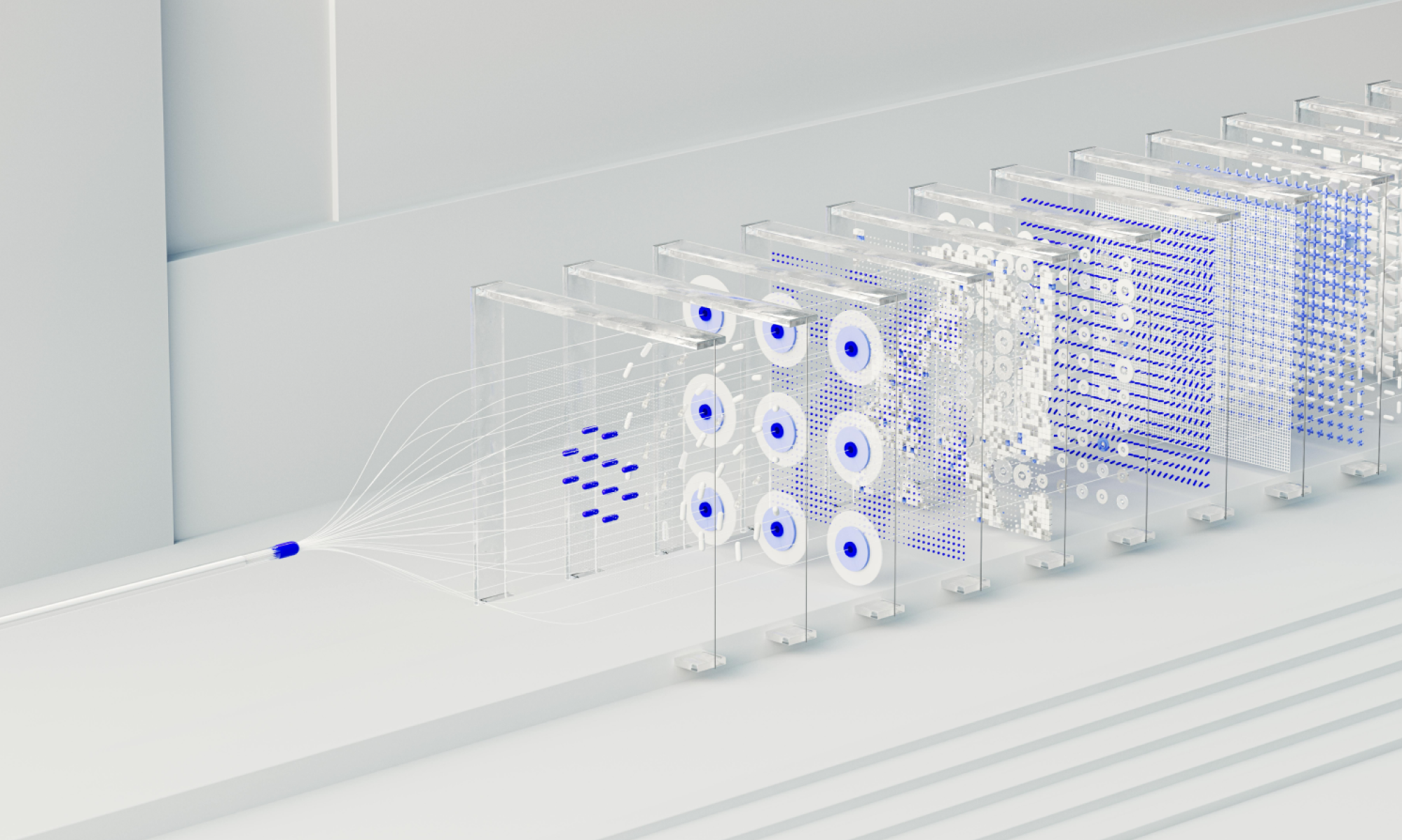AI
our blog
How To Scale AI From Prototype To Production

A proof of concept is just the first step. Many AI projects show early promise but stall when it comes to scaling into production. Without a clear plan, early wins can quickly fade.
POCs often run into the same issues: messy or incomplete data, unclear ownership, overambitious scope, or models deployed once and forgotten. Without planning for integration, monitoring and iteration, even the most promising prototypes rarely deliver sustained value.
Scaling AI successfully means thinking beyond the prototype. At SG, we start by defining an architecture that can grow with the project and assigning clear ownership so accountability is built in from the start. Success metrics are established early, and models are continuously monitored, refined and retrained. We also consider integration into real workflows from day one, making sure AI outputs aren’t just experimental, but actionable and reliable.
The warning signs are easy to spot: a promising POC without a route to production, reliance on manual interventions, or expectations set too high without a plan for long-term maintenance. These are often the reasons AI fails to reach its potential.
We’ve taken the same approach in our own work. Pulse - our internal delivery intelligence platform - was designed with scaling in mind from the start. Instead of treating it as a one-off experiment, we built in architecture, governance and retraining loops early. Today, Pulse uses AI to surface trends and anomalies in delivery metrics, while our product managers validate and act on the insights. It’s a practical example of how AI can empower teams: combining automation with human judgement to improve outcomes.
At Studio Graphene, we treat POCs as the first step in building a valuable AI product, not just a demo. By planning for production from the outset, integrating AI into workflows, continuously validating outputs and keeping humans central for interpretation and decisions, we make sure AI evolves into a reliable tool that genuinely adds value over the long term.









